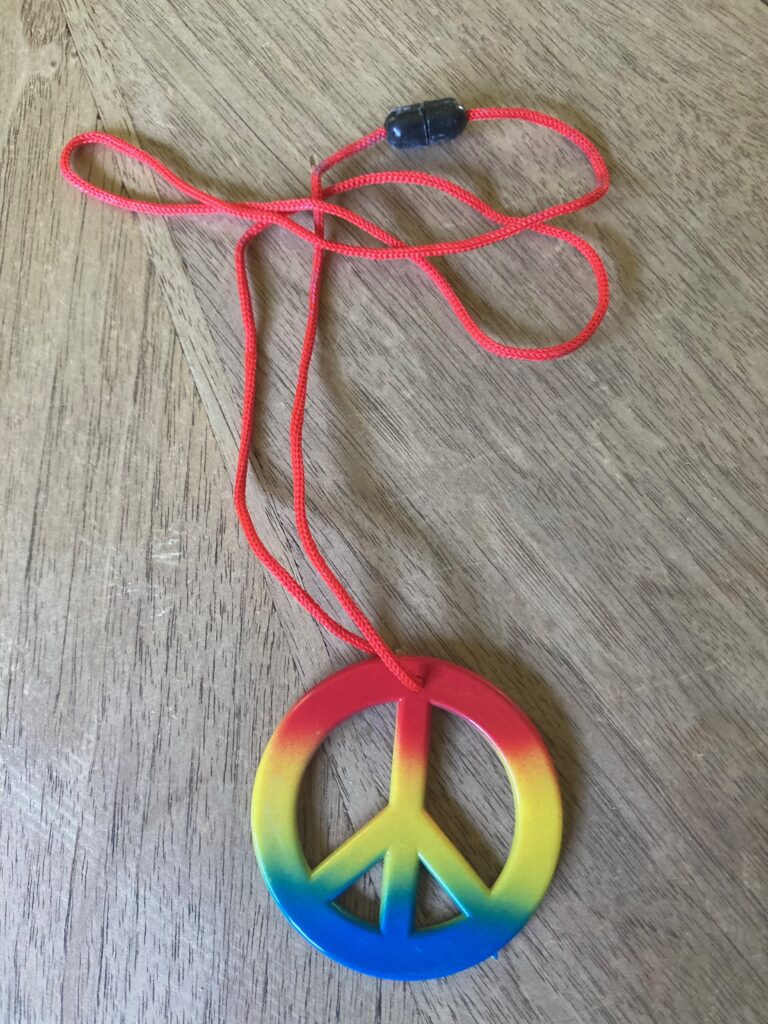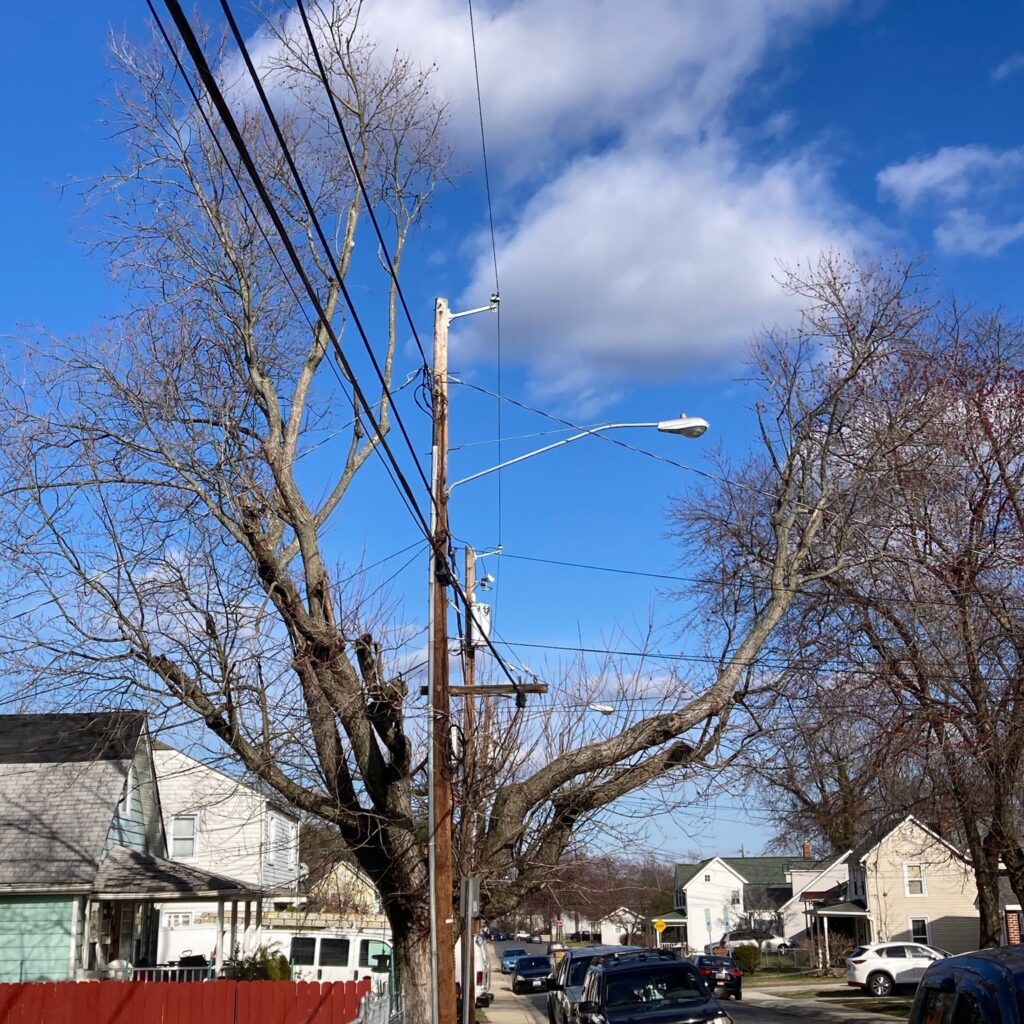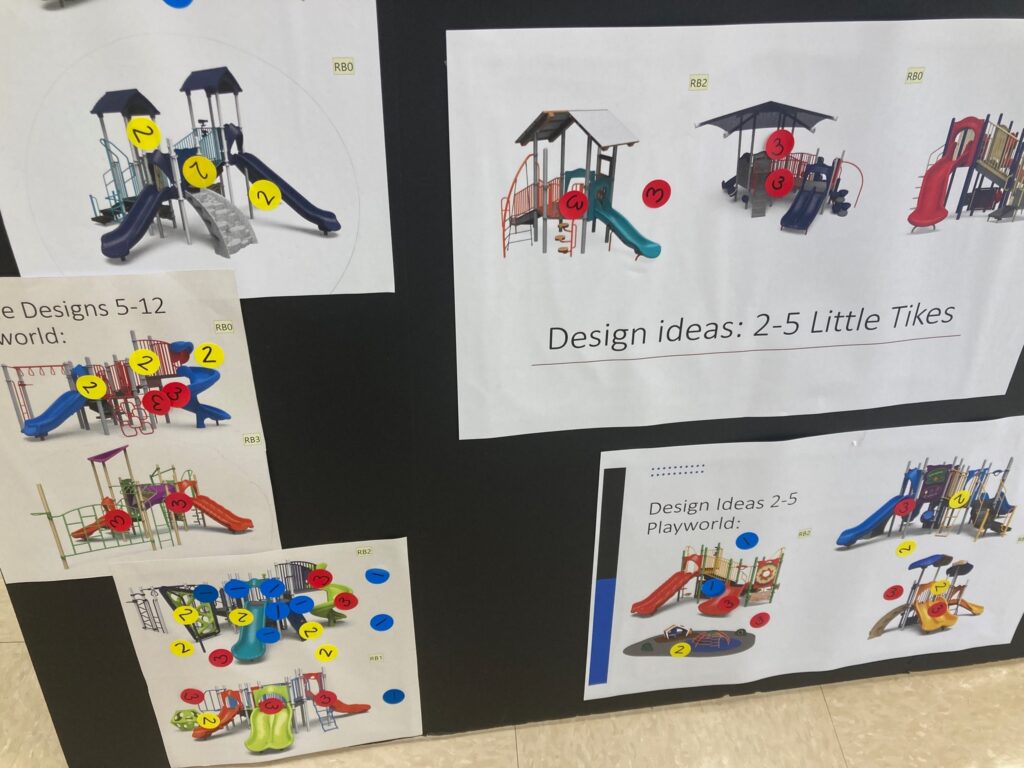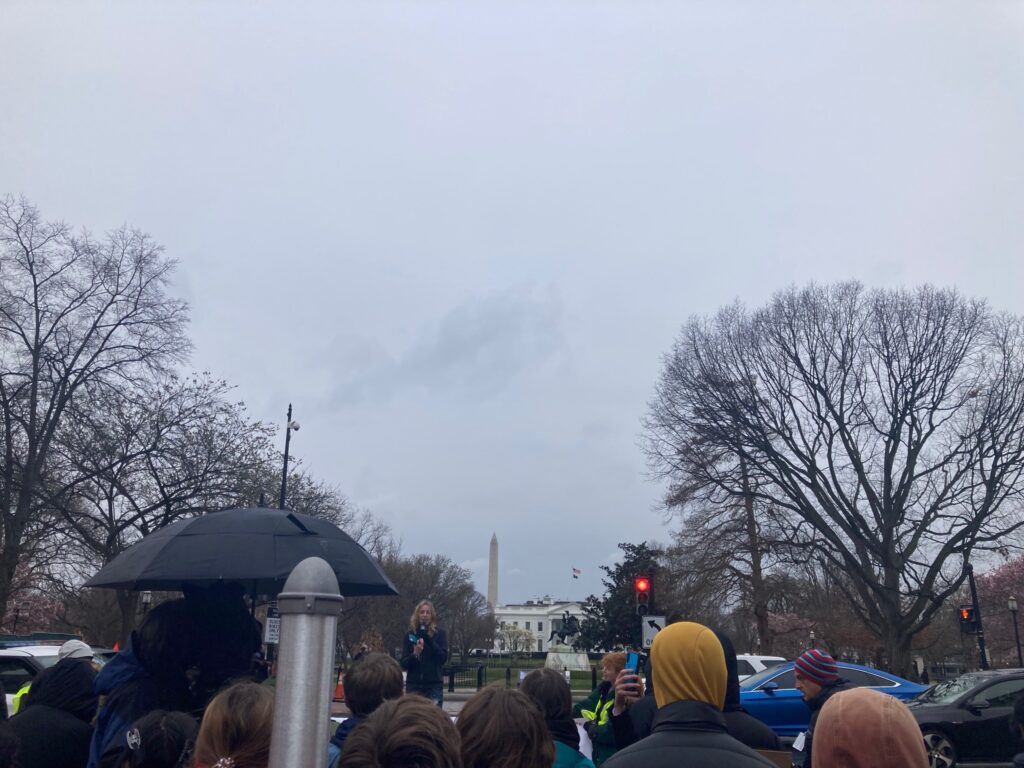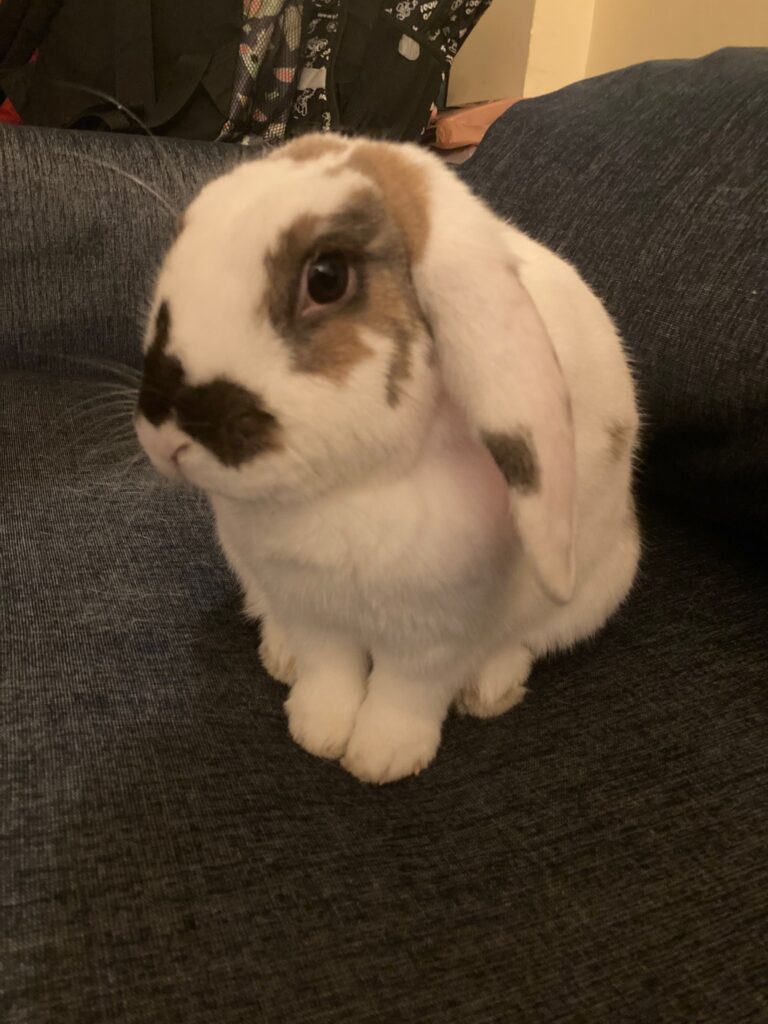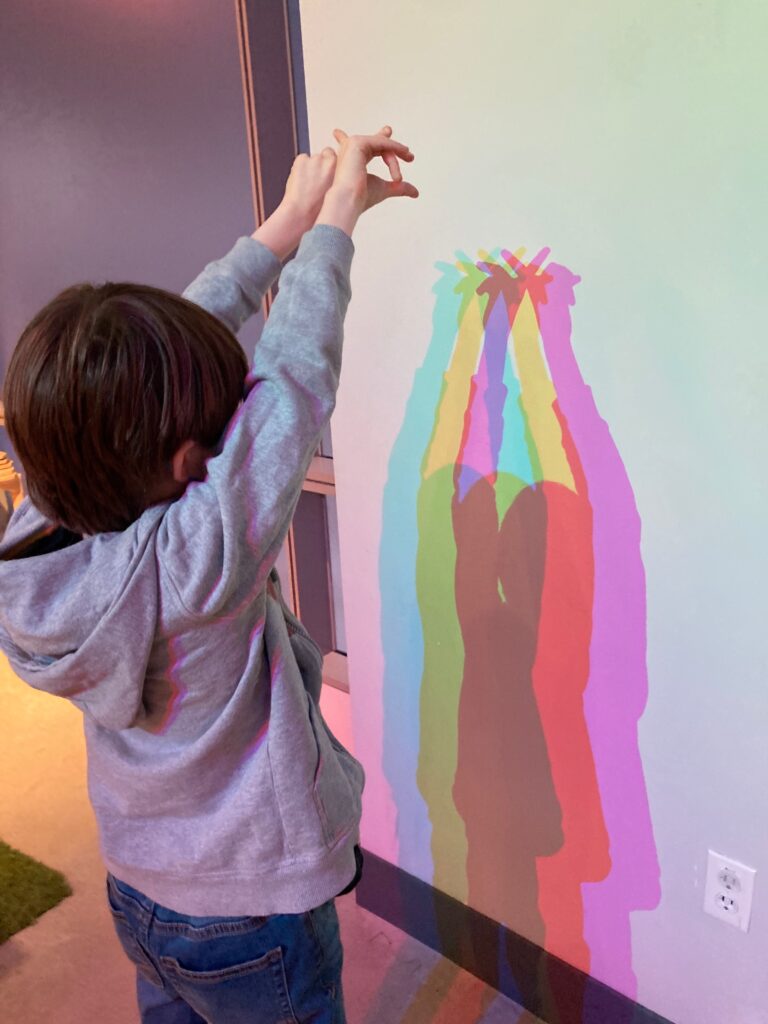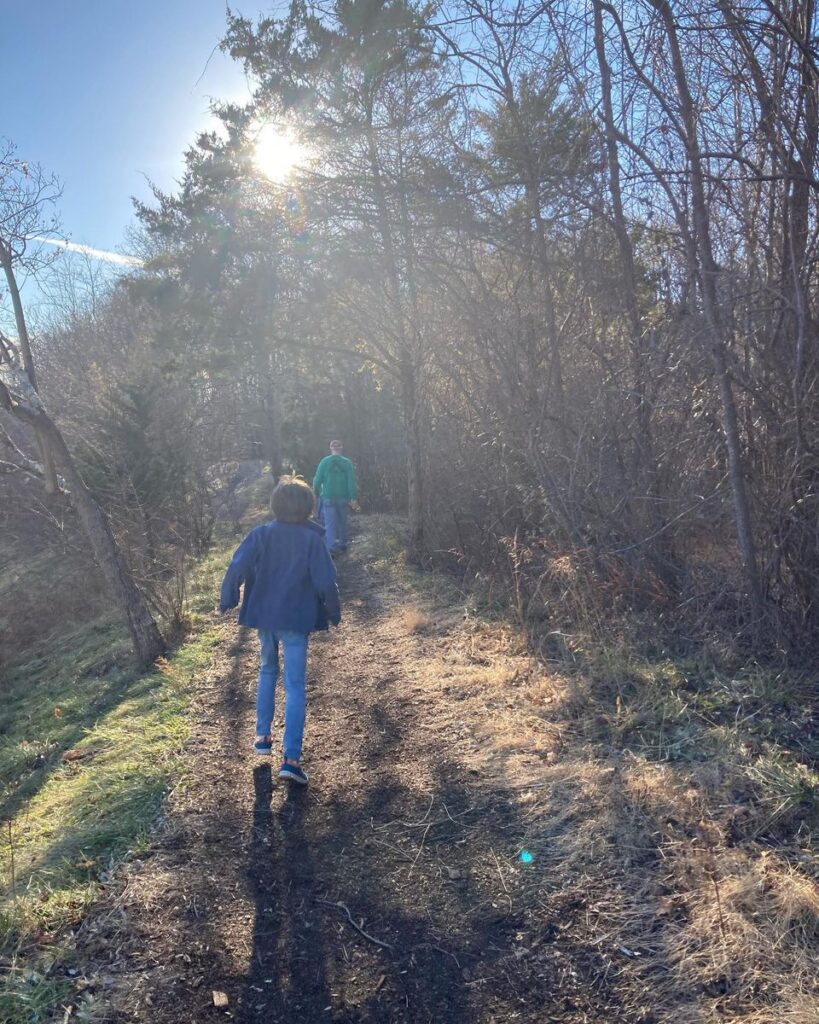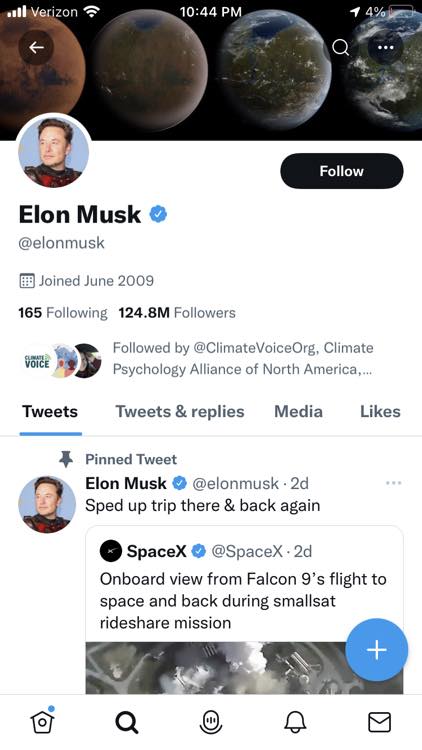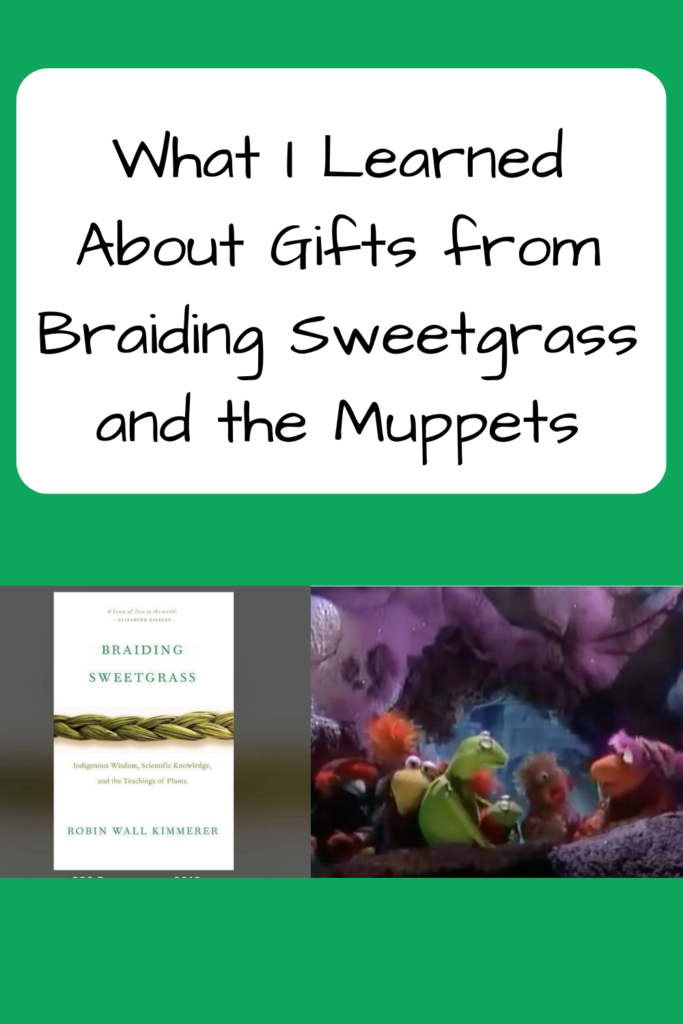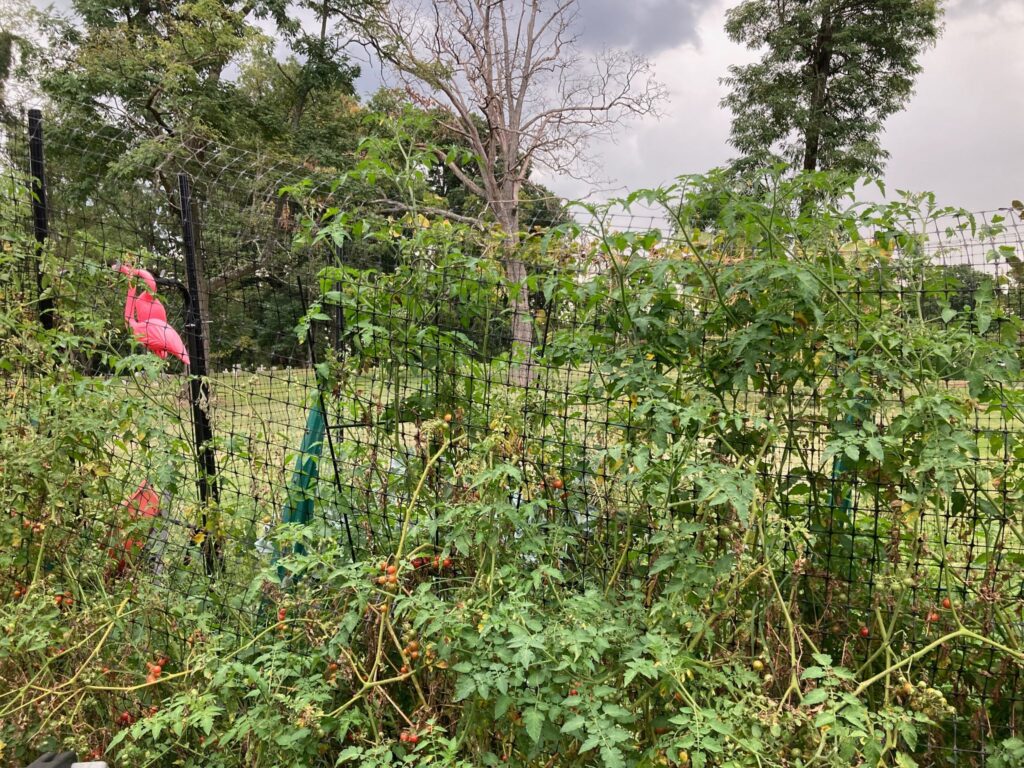
“Can you water your garlic?” I asked my younger son, referring to the elephant garlic we planted in our garden. He loves elephants, so of course we had to plant an elephant plant.
“Sure!” he replied.
Now, did he actually water it? Well, no. He tried, but the rain barrel was out of water and then he got distracted.
Thankfully, the garden isn’t school and watering is not homework. But there is much my kids will learn from it, above and beyond the practical skills that go into planting and cultivating seeds. These lessons are drawn from my own experience, but also heavily influenced from broader points I’ve picked up from the books Braiding Sweetgrass and Lessons from Plants. As Robin Wall Kimmerer says in Braiding Sweetgrass, “Plants speak in a tongue that every breathing thing can understand. Plants teach in a universal language: food.”
Continue reading